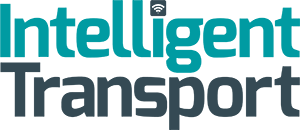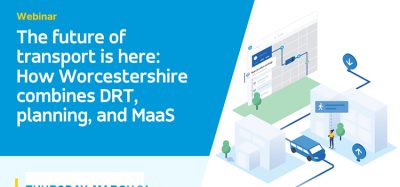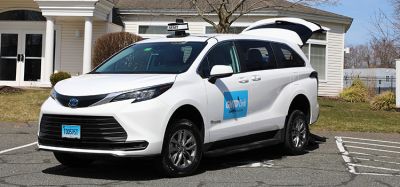Open platforms for transport saves millions for bus companies
- Like
- Digg
- Del
- Tumblr
- VKontakte
- Buffer
- Love This
- Odnoklassniki
- Meneame
- Blogger
- Amazon
- Yahoo Mail
- Gmail
- AOL
- Newsvine
- HackerNews
- Evernote
- MySpace
- Mail.ru
- Viadeo
- Line
- Comments
- Yummly
- SMS
- Viber
- Telegram
- Subscribe
- Skype
- Facebook Messenger
- Kakao
- LiveJournal
- Yammer
- Edgar
- Fintel
- Mix
- Instapaper
- Copy Link
Posted: 29 April 2016 | FourC AS | No comments yet
ICT platforms are becoming increasingly popular for transport companies and public transport authorities…


ICT platforms are becoming increasingly popular for transport companies and public transport authorities. FourC have calculated that such organisations can save literally millions of euros by taking new and innovative service platforms into use, instead of using old-fashioned, lock-in systems.


“Bus companies are spending typically up to 10% of the cost of the bus itself for a long list of ICT systems. Unfortunately, the public tender process regime supports the old-fashioned method of purchasing separate, custom systems which actually have a huge lock-in effect in the long term. It does not need to be this way. The business must take a stand against excessive costs and be open to better delivery and purchase models such as the software-as-a-service model. You do not need 10 computers, 10 SIM cards and a lot of specialised hardware in the bus to provide all this functionality”, says Tor Rune Skoglund, CEO of FourC AS.
FourC have made rough estimates of purchase costs for typical ICT systems in a public transport vehicle:
|
System |
Typical purchase cost |
|
Ticketing |
€4000 |
|
Passenger counting |
€4000 |
|
Wi-fi for passengers |
€1000 |
|
Traffic light priority |
€1000 |
|
Video surveillance |
€3000 |
|
Infotainment |
€2000 |
|
AVL/fleet management |
€2000 |
|
Ecodriving/FMS |
€1000 |
|
Passenger real time info |
€2000 |
|
Total |
€20000 |
If we also add a modest cost for the installation of each system, e.g. €300 per system, this adds up to a staggering €22700 per vehicle!
In addition to purchase and installation costs, there are maintenance and staff training costs for the various systems, time costs spent by the driver to log in to each system, communication and backend costs, etc. When these are added, the total costs come to significantly more than €22700.
By using open systems, standardised hardware and interfaces, and an open and modern service platform that can host all these services, a moderate estimate for the hardware and installation costs comes to approximately €6000. This is a saving of €16700 per vehicle, just in hardware and installation costs. A typical bus company with 500 buses can save a whopping 8.35 million euros just by adopting the modern software-as-a-service (SaaS) model.
FourC’s Cities in Motion Service Platform offers all the features needed to manage, monitor, deploy and interface with all the services in the vehicle. Because of FourC’s technology advantage, platform services can be written in any language using any Linux distribution. Additionally, Android apps, and Docker and OSGi applications can be easily and securely combined on the same standard hardware, with no need to adapt to a strict platform API. Due to the ease of integration, several companies have already provided or are working on providing innovative, new services that can be deployed over the air to any vehicle.
FourC is currently running pilots with local PTAs and bus companies who have acknowledged the need to keep up-to-date on the buses’ ICT systems and understood the potential to save huge amounts by avoiding old-fashioned, lock-in systems with long contracts.
Related topics
Business Models, Fleet Management & Maintenance, Multimodality, Passenger Experience, Ticketing & Payments, Transport Governance & Policy
Related organisations
FourC








